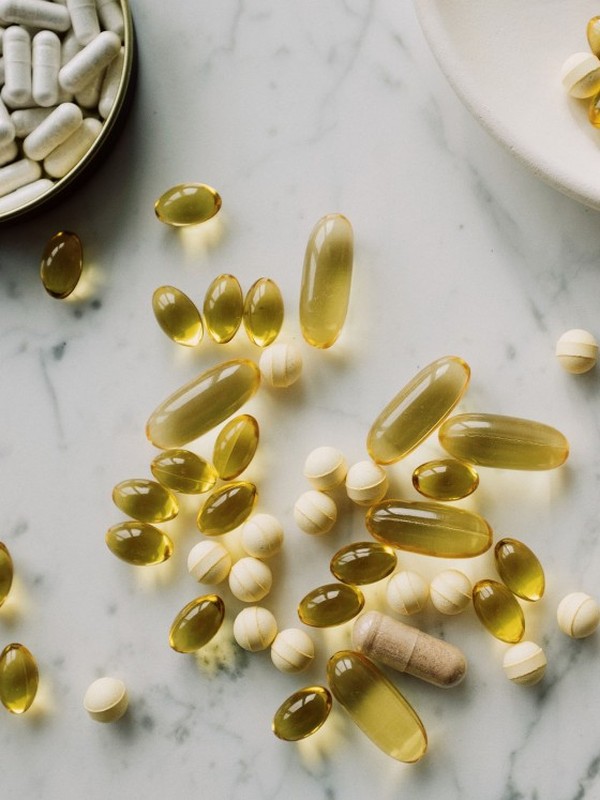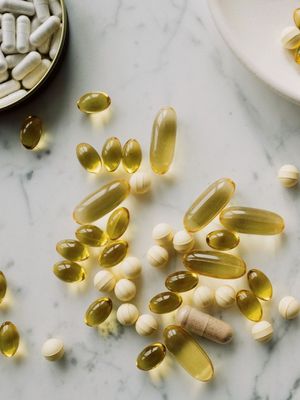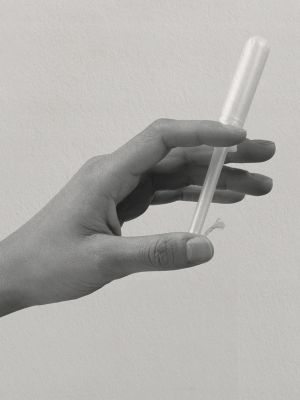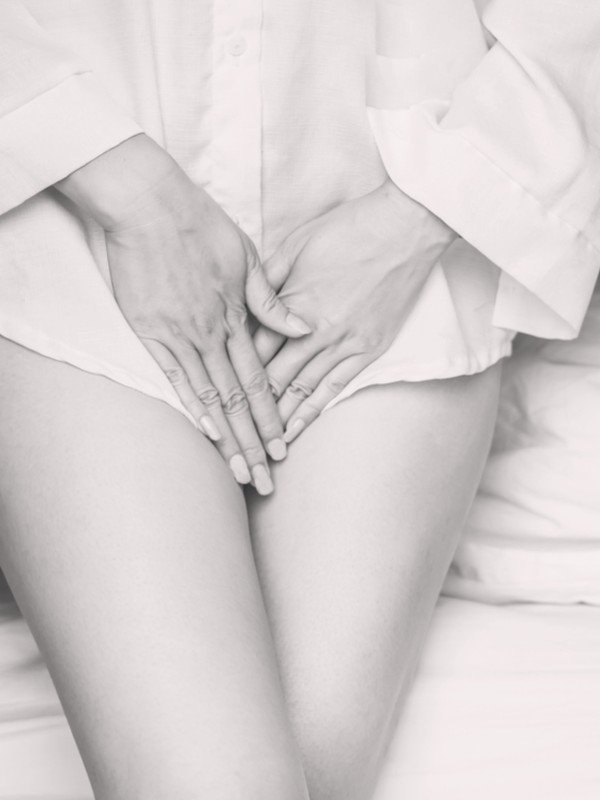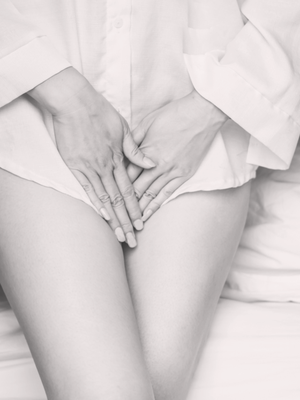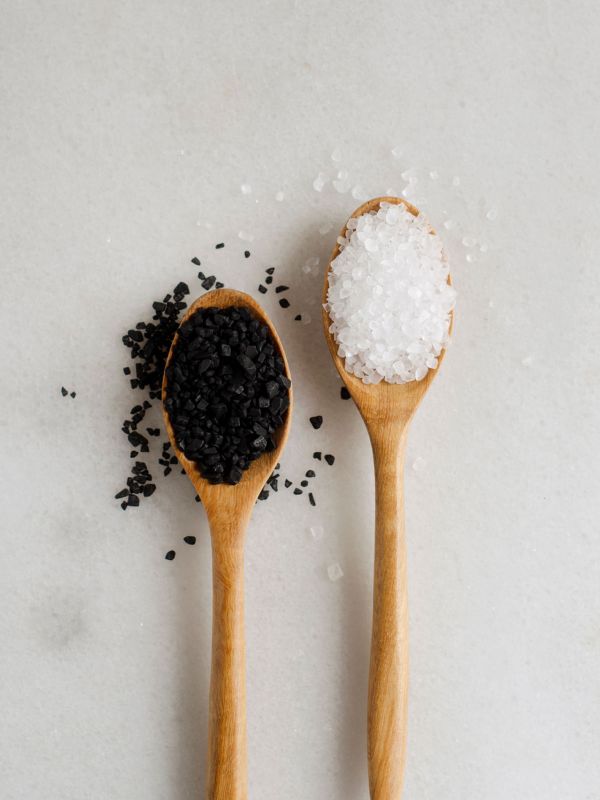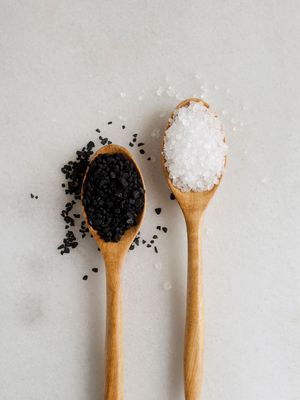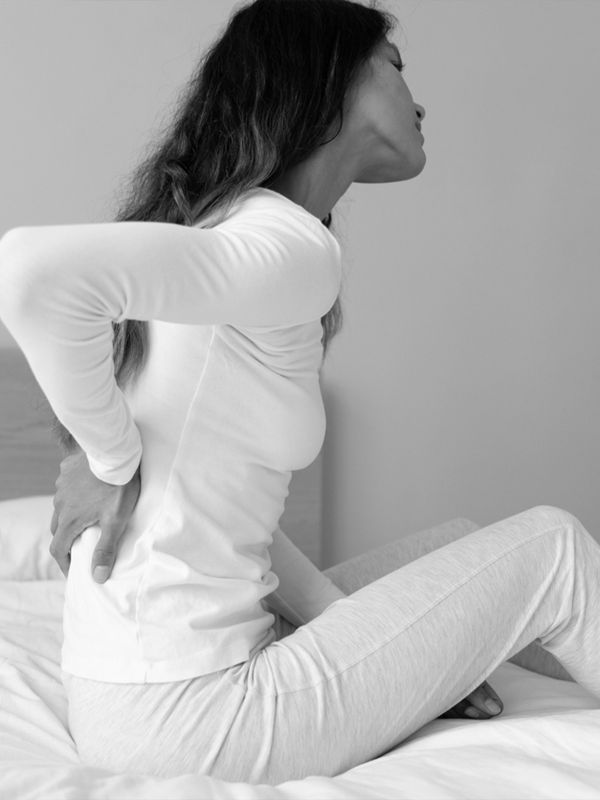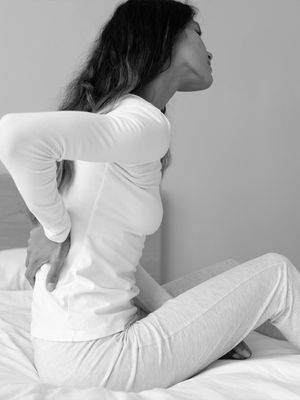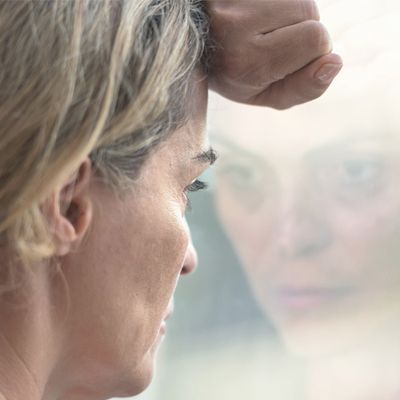
The Menopause: Everything You Need To Know
Let’s start at the beginning: what exactly is the menopause?
“The menopause, often described as a phase, is the name given to the year after a woman’s last ever period. After this date, we are ‘postmenopausal’. The perimenopause is the time of transition to the menopause, and it’s as individual as a thumbprint. It may last a few months or even up to 10 years and all of these time spans are considered completely normal in medical terms.”
How can you tell if you’re menopausal?
“I think it’s fair to say that the perimenopause (the time of transition to the menopause) can sneak up on most of us in our forties. We may feel fabulous and in the peak of good health, only to become aware of niggling, troublesome changes, which when pieced together suddenly make sense. Female friends in their forties are amazed and surprised when I say that their sleeplessness, tiredness and low mood are most likely caused by shifting hormones. Symptoms to look out for include less well-known issues such as loss of confidence, anxiety and feeling tearful at the slightest upset. Strange outbursts of unexpected anger and rage can also be due to declining oestrogen levels. Even seemingly unrelated health issues, such as tinnitus, aching joints, severe headaches, sore mouth and repeated UTI’s are all common menopausal problems.”
Are there any everyday misconceptions?
“Yes. Some of the most common misconceptions about the menopause I’ve come across is having a baby postpones the menopause (it does not). Another is that all women experience hot flushes (they don’t – although three out of four women do suffer from night sweats). The final one is that the menopause only lasts a couple of years (this may be true for some women but for others, symptoms can last for 10 years or longer).”
How do you know when you’re having a hot flush, and why do these occur?
“The most common symptoms of the perimenopause and menopause are hot flushes and night sweats. Decreased levels of oestrogen affect the hypothalamus, which is responsible for setting body temperature, and it mistakenly senses the body is overheating. It immediately sends signals to blood vessels to vasodilate. This then sends blood flow to the skin’s surface instantly to cool it down quickly – hence the sudden, furious flushing that pays no heed to whether we are at a lunch party, in the boardroom or in the theatre. The brain then registers its mistake so switches on the body’s own sprinkler system in the form of perspiration to cool us down.”
At what age do women typically go through the menopause?
“The average age of the menopause in the UK is fifty-one and the perimenopause usually starts from our mid-forties onwards but can be earlier – when we may not associate health issues with declining oestrogen levels.”
Is it true the menopause can affect your bone health?
“From our late twenties onwards, we can’t build any more calcium into our bones, so it’s a matter of maintenance – preserving what bone density we’ve got through diet and exercise. This is severely tested during the first five years of the menopause, when nearly 10 percent of our bone mass is lost, while one in four women over the age of fifty is diagnosed with osteoporosis. HRT has been shown to be hugely helpful in helping ward off osteoporosis.”
Can the menopause can affect your skin too?
“There are oestrogen receptors all over the body and the impact of the perimenopause and beyond shows thinning of the intervertebral discs in our spine, ligaments and tendons, as well as general cartilage depletion. These are often the reasons for our aching joints, creaky knees and arthritic symptoms. When it comes to the effects on our hair and skin, oestrogen receptors have been found in our hair follicles and sebaceous glands. As the skin thins with the menopause, its ability to retain moisture, as well as its collagen content, decreases. All have been shown to improve when oestrogen levels are restored.”
Is HRT a safe option to manage symptoms?
“Yes, it is. There are a few (disputed) low cancer risks associated with taking some forms of (older) HRT, but also some proven cancer protective benefits (such as significantly lower rates of colon cancer). Specifically, on breast cancer, as I highlight in my downloadable guide, HRT is not a significant risk factor and the main American study that caused all the controversy over a decade ago has now been widely discredited. Other acknowledged health benefits include a much lower risk of Coronary Heart Disease (cutting our risk by a staggering 50%), Type 2 (late onset) diabetes, osteoporosis, stroke and mental health, notably depression and dementia. For most women, the benefits far outweigh any risks. I spend much of my working life investigating safe and effective ways to age well for a longer, healthier life and have concluded that hormonal health, including HRT, plays a significant part in all this. I don’t believe in ‘medicalising the menopause’ but I do firmly believe it is our right to enjoy life in our later years free from any debilitating and often life-limiting symptoms.”
Is there any non-hormonal options available to treat symptoms?
“Some simple additions to our everyday routines can help with the many varied symptoms of the perimenopause and menopause, which I outlined in my hardback book The Good Menopause Guide. These include helpful nutritional therapy, herbal supplements, acupuncture, Cognitive Behavioural Therapy, yoga and weight-bearing exercises. However, what none of these strategies will do is replace your oestrogen. Only HRT will do this.”
Finally, how can you take control and give yourself a boost during the menopause?
“Food has tremendous power to help and heal our changing bodies. Eating the right balance of nutritious, healthy foods can make a real difference. My special ingredients for looking and feeling your best during this period include phytoestrogens. They provide oestrogen-like compounds that occur naturally in the plant kingdom and they can help to ease many menopausal symptoms. Try soya milk, soya flour, linseeds, tofu and miso. As well, pumpkin seeds, sesame seeds, sunflower seeds, rhubarb and green beans all contain phytoestrogens. However, not all women process these in a way that converts them into usable oestrogen – and you do have to eat a lot of these foods daily for them to be of potential benefit. It’s also worth seeking out foods enriched with magnesium, calcium and vitamin D as these can also help with issues such as insomnia and a decline in bone density.”
The Truth About HRT is available to here.
Visit LizEarleWellbeing.com
DISCLAIMER: We endeavour to always credit the correct original source of every image we use. If you think a credit may be incorrect, please contact us at info@sheerluxe.com.


